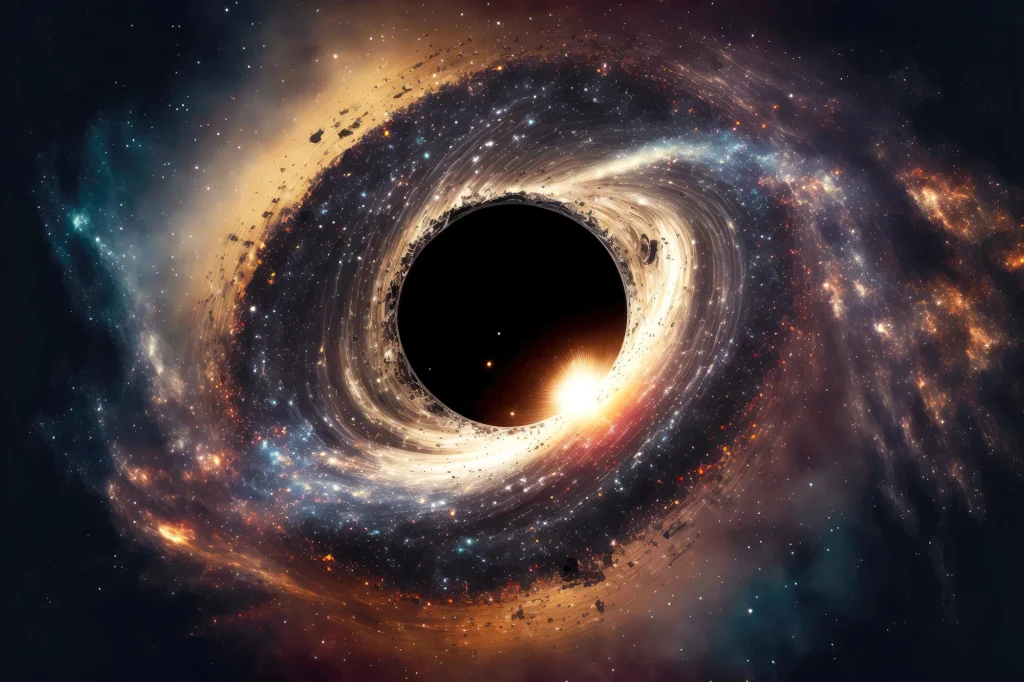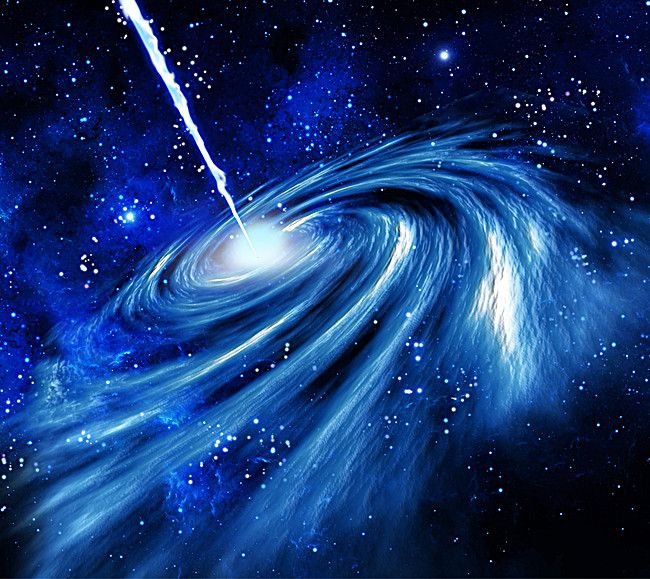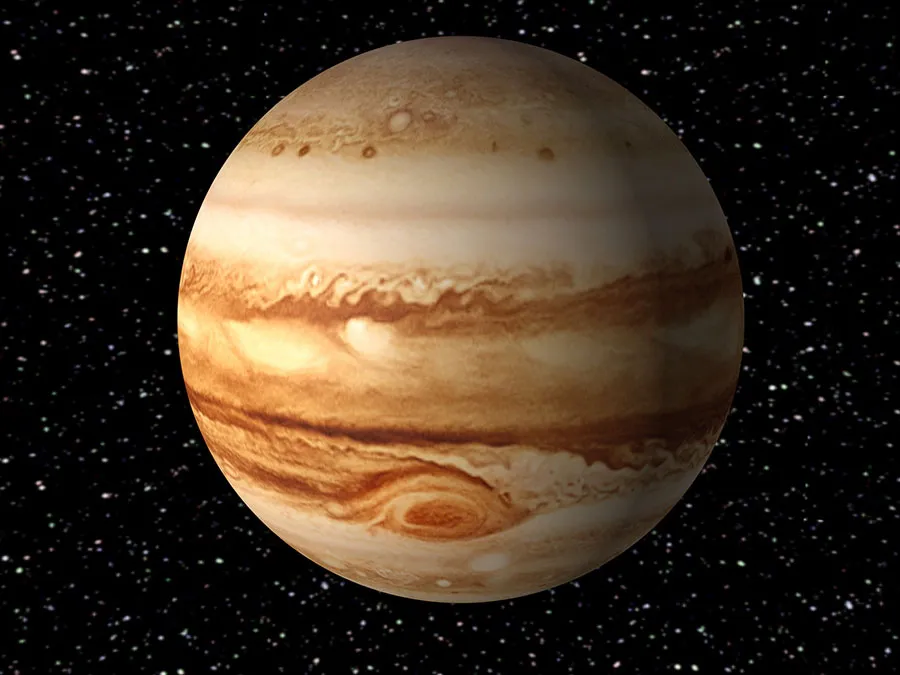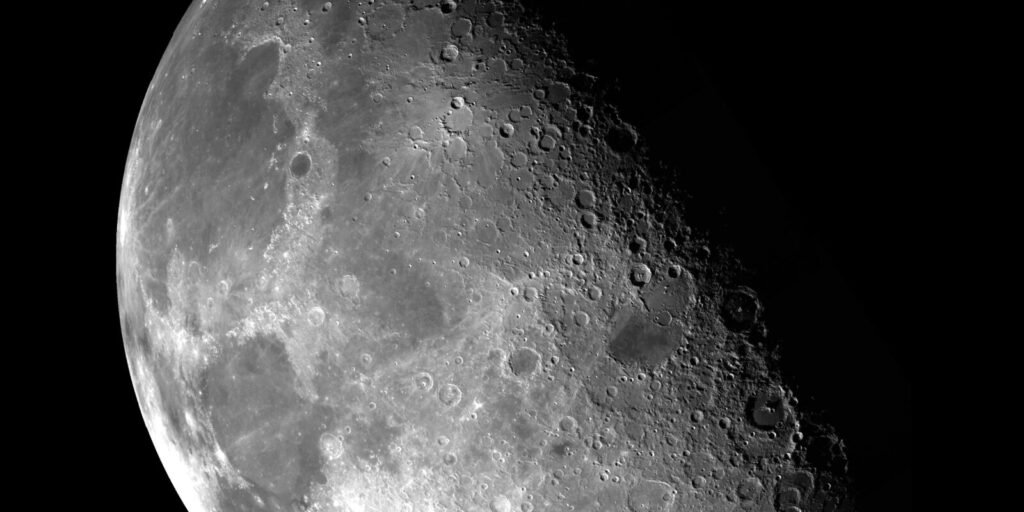Table of Contents
- What is a Black Hole?
- Types of Black Holes
- How Do Black Holes Form?
- The History and Discovery of Black Holes
- How Do We Know Black Holes Exist?
- The Science Behind Black Holes: General Relativity and More
- What Happens Inside a Black Hole?
- Can Black Holes Merge?
- Black Hole Evidence and Ongoing Research
- Conclusion: The Endless Mystery of Black Holes
What is a Black Hole?
A black hole is a region in space where gravity is so intense that nothing, not even light, can escape from it. While some people once doubted their existence, modern science has provided substantial evidence that black holes are real. These mysterious cosmic objects are formed when massive stars collapse under their own gravity, creating a point of infinite density, called a singularity, surrounded by an event horizon— a boundary beyond which nothing can return.

Types of Black Holes
Black holes are categorized based on their size, mass, and the region they inhabit. The most common types include:
- Stellar Black Holes: These black holes form when large stars run out of fuel and collapse in on themselves.
- Supermassive Black Holes: Found at the centers of galaxies, these black holes can have millions or even billions of times the mass of the Sun.
- Intermediate Black Holes: These black holes are smaller than supermassive ones but larger than stellar black holes.
- Primordial Black Holes: Hypothetical black holes that could have formed in the early universe due to high-density fluctuations.
How Do Black Holes Form?
Black holes are not actually “holes” in space, but rather extremely dense regions formed when stars and other matter collapse. Stars, asteroids, and other objects in space exert gravitational forces on each other, and when enough matter accumulates in a small area, it begins to collapse under its own gravity. This collapse causes the matter to compress into a point of infinite density, creating a black hole.
When this happens, the intense gravitational force bends space and time, forming what is known as the event horizon—the boundary beyond which not even light can escape.
The History and Discovery of Black Holes
The concept of a black hole has intrigued scientists for centuries. Early theories date back to the 18th century when John Michell and Pierre-Simon Laplace first proposed the idea of “dark stars” — massive objects whose gravity is so strong that not even light could escape.
However, it was not until 1916, with the work of Karl Schwarzschild, that the first modern solution for a black hole emerged, using the theory of general relativity. It was only in the 1960s, after the discovery of neutron stars, that black holes became a serious topic of study in astrophysics. The first confirmed black hole, Cygnus X-1, was identified in 1971.
How Do We Know Black Holes Exist?
For many years, black holes were thought to be a mathematical curiosity. But in the 1960s, the discovery of neutron stars and the theoretical work of physicists confirmed that black holes were a real phenomenon. Evidence of their existence comes from observing the behavior of nearby objects:
- Accretion Disks: Matter that falls into a black hole forms a rotating disk of gas and dust that heats up and emits X-rays. These emissions are detectable by telescopes.
- Gravitational Effects: Black holes influence nearby stars, causing them to orbit in unusual patterns. By studying these orbits, scientists can infer the presence of a black hole.
- Gravitational Waves: The collision and merging of black holes generate ripples in spacetime known as gravitational waves, which have been detected by observatories like LIGO.
The Science Behind Black Holes: General Relativity and More
Einstein’s theory of general relativity predicts that massive objects warp space-time, creating gravity. Black holes represent the extreme manifestation of this phenomenon. When an object with a strong gravitational field bends space-time, it creates a singularity, where space and time are infinitely distorted.
- Event Horizon: The boundary around a black hole where the escape velocity exceeds the speed of light. Once an object crosses this point, it cannot escape.
- Singularity: The center of the black hole where density is infinite and the laws of physics as we know them break down.
What Happens Inside a Black Hole?
The interior of a black hole is still a mystery. Once something crosses the event horizon, it is thought to be crushed by the immense gravitational forces into the singularity, where space and time behave in ways that defy current understanding.
Some theories suggest that black holes could be gateways to other dimensions or universes, though this idea remains speculative. The concept of time also behaves differently near a black hole—time slows down as you approach the event horizon, and for an outside observer, it appears to stop completely.
Can Black Holes Merge?
Yes, black holes can merge. When two black holes orbit each other closely enough, they can eventually collide and merge into a larger black hole. This process releases an enormous amount of energy in the form of gravitational waves. The first detection of such waves came in 2015, confirming the merger of two black holes in a distant galaxy.
These events are not just fascinating for scientists; they also provide crucial information about the properties of black holes and the nature of gravity.
Black Hole Evidence and Ongoing Research
Despite being a long-standing theory, black holes remain one of the biggest mysteries in modern astrophysics. While much has been learned through indirect evidence—such as the observation of gravitational waves and X-ray emissions from accretion disks—direct observation remains difficult.
In 2019, scientists made history by capturing the first image of a black hole in the center of the galaxy M87, using the Event Horizon Telescope. This groundbreaking achievement brought black hole research to the forefront of scientific discovery.
Conclusion: The Endless Mystery of Black Holes
Black holes are among the most fascinating and enigmatic objects in the universe. Although we have made significant strides in understanding their properties and behavior, many questions remain unanswered. From their formation and structure to what lies inside them, black holes continue to challenge our understanding of physics, space, and time.
The ongoing research and discoveries related to black holes show that we are just beginning to scratch the surface of this cosmic mystery. As technology advances, we may one day uncover the secrets that black holes hold, but for now, they remain one of the greatest unsolved puzzles in astrophysics.


